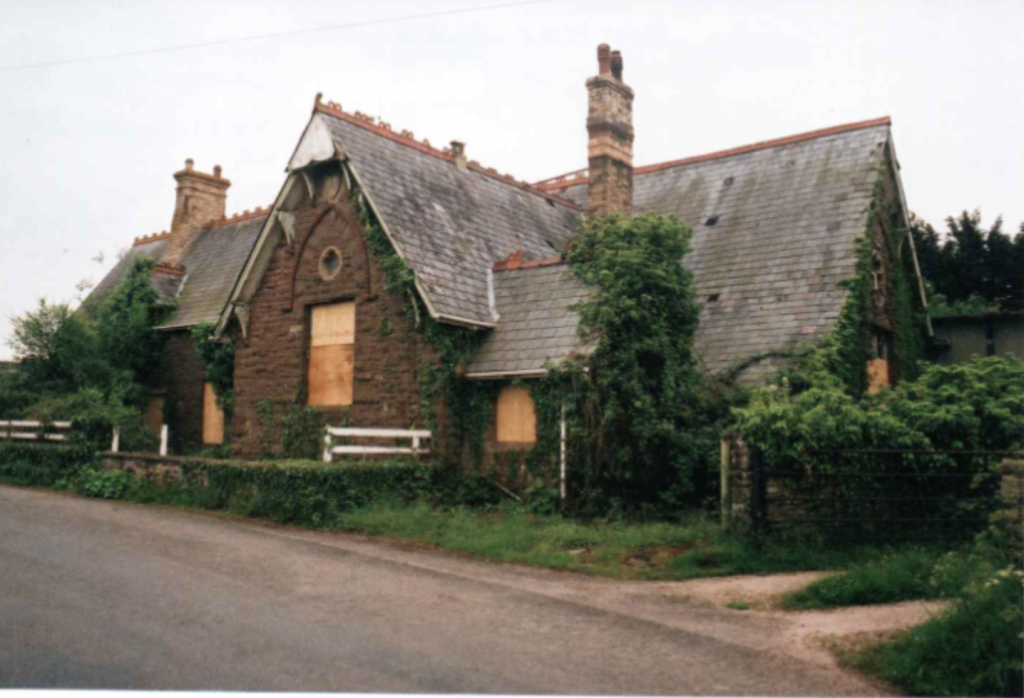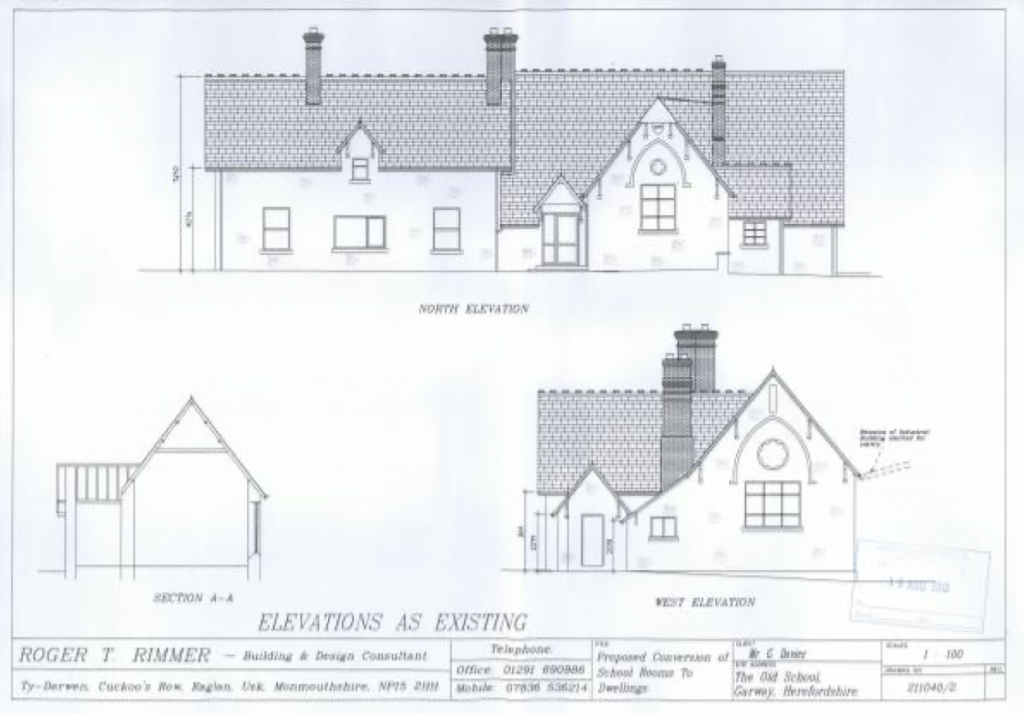PRESS RELEASE: Demolition of charming Victorian school averted
19th July 2021
Swift action from SAVE Britain's Heritage following an SOS from concerned residents in the rural village of Garway, Herefordshire, has successfully helped block plans to demolish the village’s charming Victorian schoolhouse.
Our letter to Herefordshire Council in June 2021 challenged the legitimacy of the building owner’s application to bulldoze the school under permitted development rights, citing a lack of sufficient information and adequate public consultation.
SAVE also questioned why the school could not be retained and converted, given that the owner was granted planning permission to convert the Old School into two dwellings in 2016 but did not carry out the plans. In their application to demolish the building just five years later, they simply cite that it is “no longer needed.”
We are delighted to report that the Council has heeded our concerns and determined that the owner cannot demolish the building without prior approval from the Council.
Residents of Garway were outraged to hear of the demolition plans and launched a strong local campaign in response, gaining local press coverage and the support of both local Ward Councillors against the plans.
Built in 1877, Garway Old School has served as the village primary school for over a century, and despite closing in 1980, remains in the memory of many residents who attended the school in their youth. The Old School was lived in as a house until 2013 but has been left empty and rotting ever since.
It is one of only a few surviving historic buildings in Garway and is an important village landmark. This is not the first time that residents have fought to save their heritage, following a successful campaign in 2020 to save Garway’s 1920s Village Hall.
Ben Oakley, conservation officer for SAVE Britain’s Heritage, says: “We welcome Herefordshire Council’s decision to dismiss these unjustified demolition plans, and strongly support their efforts to protect the building through listing. The swift response and strong local campaign mounted against demolition speaks to the extent to which people care about their heritage.”
Toni Fagan, Hereford Councillor, says: “Garway villagers are up in arms over an application to demolish the old Victorian school in the centre of the village. It is a lovely example of a Victorian schoolhouse and an essential part of the history and fabric of Garway village which can never be replaced.”
Herefordshire Council have now submitted a listing application to Historic England, which SAVE has written in support of. In their application, the Council say that the building is worthy of listing for its historic, aesthetic, and communal value: “The Old School represents an important community symbol to the residents of Garway, is an important survival of a rare building type in rural Herefordshire, and is a good example, mostly intact, of a building designed by a locally born architect”.
Located within the idyllic setting of rural Herefordshire, Garway Old School (as it is now known) was originally built as a ‘board school’, consisting of a schoolhouse with an adjoining residence for the headteacher. Designed in a decorative Gothic style by local architect E. H. Lingen Barker, the school was completed in 1877, and opened in 1878 with fifty schoolchildren in attendance.
Most board schools built at the time were concentrated in large cities where education provisions were worse, so the construction of the Old School in Garway makes it a rare example for such a small, rural village.
History
Prior to 1870, the local vicar educated the local children of Garway in the Chapel of St Michael’s Church. Following the Education Act of 1870, the Skenfrith School Board was established in 1874 and it was decided that a board school should be built in the village with a teachers residence provided nearby. The architect appointed was E. H. Linger Barker, who was Herefordshire born and had experience of designing schools in London. He also designed schools in Grosmont, New Inn (Cross Ash) and Norton, all across the Welsh border, for the Skenfrith School Board.
His design for Garway’s new school consisted of a large schoolroom with tall windows, a smaller schoolroom, and an adjoining headmaster’s residence. There were two entrance lobbies, possibly to provide separate entrances for boys and girls. The building was multi-gabled and constructed of coursed rubble ashlar with a slate roof and crested roof tiles. The main schoolhouse displays external decoration which distinguishes it from the rest of the building such as a shield with the date 1877, Gothic brick hoodmoulds and recessed glazed quatrefoils.
ENDS
Note to editors
1. For more information and images contact Ben Oakley, Conservation Officer at SAVE Britain's Heritage: ben.oakley@savebritainsheritage.org/ 07388 181 181.
2. SAVE Britain’s Heritage has been campaigning for historic buildings since its formation in 1975 by a group of architectural historians, writers, journalists and planners. It is a strong, independent voice in conservation, free to respond rapidly to emergencies and to speak out loud for the historic built environment.
3. Too good to lose: Historic Schools at Risk is a publication by SAVE Britain's Heritage which looks at the alarming number of Victorian, Edwardian and inter-war schools at risk of decay and demolition, as well as some that have been saved, refurbished or converted for new use.




